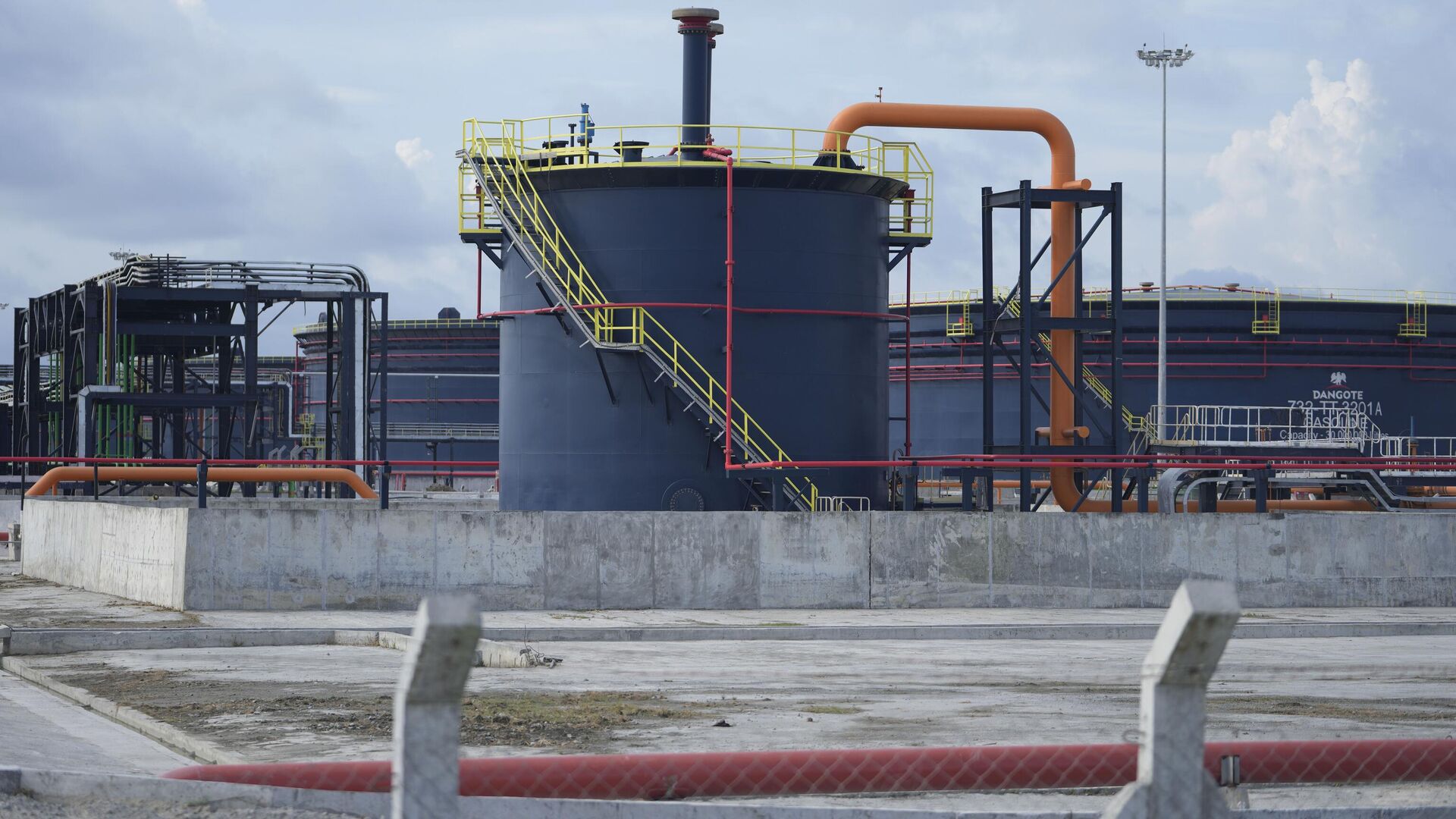Revolutionary CALM Model Aims to Slash Sky-High Enterprise AI Expenses

Enterprise leaders are frequently challenged by the substantial costs associated with deploying advanced AI models. While the transformative capabilities of generative AI are highly appealing, their immense computational requirements for both training and inference lead to prohibitive expenses and growing environmental concerns. At the core of this inefficiency lies a fundamental bottleneck inherent in current models: an autoregressive process that generates text sequentially, token by token. For businesses processing vast data streams, ranging from intricate IoT networks to volatile financial markets, this sequential limitation makes the generation of extensive analytical insights both slow and economically challenging.
However, a promising solution has emerged from a new research paper collaboratively produced by Tencent AI and Tsinghua University. This research introduces an innovative approach to AI efficiency called Continuous Autoregressive Language Models (CALM). This groundbreaking method re-engineers the traditional generation process, shifting from predicting a discrete token to predicting a continuous vector. A sophisticated, high-fidelity autoencoder plays a crucial role by compressing a chunk of multiple tokens (specifically 'K' tokens) into a single continuous vector. This continuous vector possesses a significantly higher semantic bandwidth compared to individual discrete tokens. Instead of processing individual words or sub-word units like “the,” “cat,” and “sat” in three separate, sequential steps, the CALM model compresses these into a single, richer representation. This design directly reduces the number of generative steps required, thereby directly attacking the underlying computational load.
Experimental results underscore the superior performance-compute trade-off offered by CALM. A CALM AI model configured to group four tokens demonstrated performance levels comparable to strong discrete baselines, but critically, at a significantly lower computational cost for an enterprise. For instance, one CALM model required an impressive 44 percent fewer training FLOPs (Floating Point Operations) and 34 percent fewer inference FLOPs compared to a baseline Transformer model of similar capability. This tangible reduction points to substantial savings on both the initial capital expenditure associated with model training and the ongoing operational expenses incurred during inference.
Transitioning from a finite, discrete vocabulary to an infinite, continuous vector space necessitates a complete overhaul of the standard Large Language Model (LLM) toolkit. The researchers were therefore compelled to develop a comprehensive likelihood-free framework to ensure the viability and functionality of the new CALM model. For training purposes, the CALM model cannot utilize a standard softmax layer or traditional maximum likelihood estimation, which are foundational to discrete token prediction. To circumvent this, the team implemented a “likelihood-free” objective coupled with an Energy Transformer, which effectively rewards the model for accurate predictions without the explicit computation of probabilities.
This novel training methodology also mandated the development of a new evaluation metric. Standard benchmarks, such as Perplexity, are rendered inapplicable because they inherently rely on the same likelihoods that the CALM model no longer computes. To address this, the team proposed BrierLM, a novel metric derived from the Brier score. This metric has the distinct advantage of being estimable purely from model samples, removing the dependency on likelihoods. Validation studies confirmed BrierLM as a reliable alternative, exhibiting a robust “Spearman’s rank correlation of -0.991” with traditional loss metrics, affirming its accuracy in evaluating model performance. Finally, the CALM framework successfully restores controlled generation, a crucial feature for diverse enterprise applications. Standard temperature sampling, which relies on probability distributions, is impossible in a likelihood-free context. The paper introduces a new “likelihood-free sampling algorithm,” which includes a practical batch approximation method, enabling effective management of the critical trade-off between output accuracy and diversity.
This pioneering research offers a compelling glimpse into a future where the definition of generative AI is not solely dictated by ever-larger parameter counts, but increasingly by architectural efficiency. The current trajectory of simply scaling models is demonstrably encountering a wall of diminishing returns and rapidly escalating costs. The CALM framework establishes a new design axis for LLM scaling: specifically, increasing the semantic bandwidth of each generative step. While CALM is currently a research framework and not an immediate off-the-shelf product, it clearly points towards a powerful and scalable pathway for the development of ultra-efficient language models. When evaluating vendor roadmaps and AI solutions, tech leaders should expand their focus beyond mere model size and begin critically inquiring about architectural efficiency. The ability to significantly reduce FLOPs per generated token is poised to become a defining competitive advantage, enabling AI to be deployed more economically and sustainably across the entire enterprise, thereby reducing costs from large-scale data centers down to data-heavy edge applications.
Recommended Articles
Greater Manchester Gathers: Boxing Legend Ricky Hatton Laid to Rest Amid Public Procession

Boxing legend Ricky Hatton's funeral takes place today, October 10, with a private service at Manchester Cathedral. Thou...
JPMorgan's $18B AI Gamble Pays Off Big!

JPMorgan Chase's ambitious AI strategy is yielding substantial returns, with AI benefits growing 30-40% annually, but al...
OpenAI's Code Red Triumph: Giant Tech Firm Secures Enterprise Win Amidst Google Rivalry

OpenAI's latest data reveals a dramatic surge in enterprise usage of its AI tools, with ChatGPT message volume growing 8...
AWS's AI Agent Crusade: Cloud Behemoth Rallies Devs to Believe

AWS unveiled a new suite of AI agent tools at re:Invent 2025, emphasizing its commitment to enterprise AI with new chips...
AWS re:Invent 2025 Unveils Game-Changing AI Agents, Bidding Farewell to Chatbots

AWS re:Invent 2025 unveiled a major shift from chatbot hype to autonomous frontier AI agents, emphasizing infrastructure...
You may also like...
Nigeria’s New Mega-Refinery: Economic Hope or Environmental Trouble?

Nigeria is investing heavily in one of Africa’s largest oil refineries to end fuel imports and strengthen its economy. B...
15 Mind-Blowing Facts About the Human Body

15 astonishing facts about the human body that reveal its complexity, precision, and beauty, inviting awe, scientific cu...
What Happens to Your Body If You Consume Excess Salt

Think you don’t eat “too salty”? Most sodium is hidden. Learn what happens inside your body when you consume excess salt...
Super Eagles Face Crucial AFCON 2025 Opener: Tanzania Clash & Referee Controversy

The Super Eagles of Nigeria commence their 2025 AFCON journey against Tanzania on Tuesday, facing internal uncertainties...
Tragedy Strikes: Alexander Isak Suffers Gruesome Leg Fracture, Undergoes Emergency Surgery

Liverpool striker Alexander Isak faces an indefinite period on the sidelines following surgery for a broken ankle and fi...
Hollywood Icons Jack Black and Paul Rudd Reveal Personal Favorite Films

Jack Black and Paul Rudd discuss their new buddy comedy, "Anaconda," a meta-reboot of the '90s film, coming to theaters ...
Malawi VP's Lavish K2.3 Billion UK Trip Sparks Outcry Amid Austerity

Malawi's Vice President, Dr. Jane Ansah, faces severe public backlash over a taxpayer-funded trip to the UK for her husb...
Nigerian Fintechs Secure Staggering $230M in 2025, Sparking Key Questions

The Nigerian fintech sector experienced a significant funding dip in 2025, driven by a crucial shift in investor focus t...